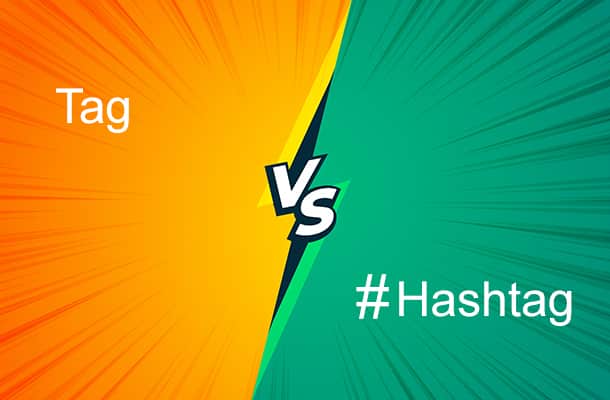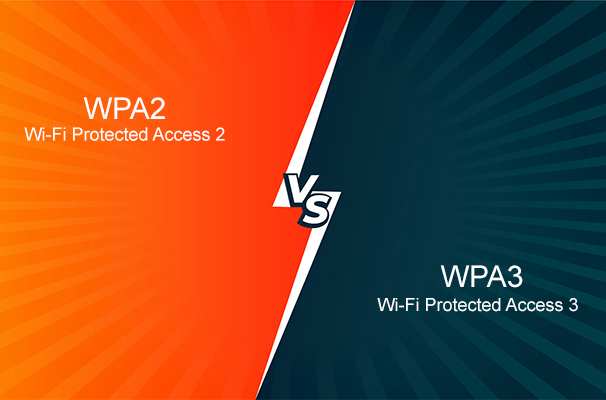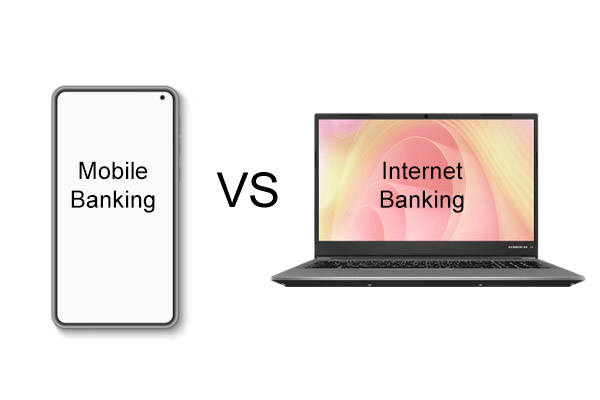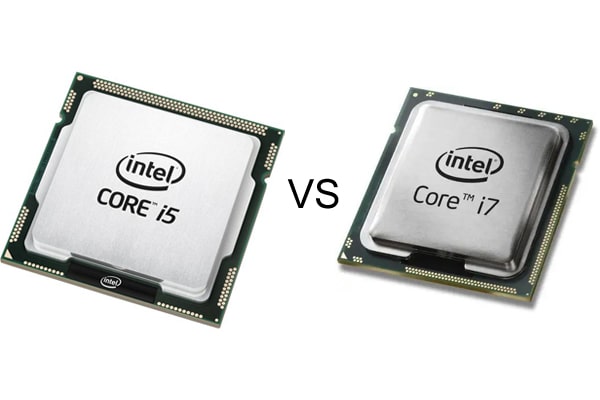Earlier on, most people used to rely on the standard-definition analog TVs in order to watch their favorite programs. However, this is no longer the case. As we speak, there is a proliferation of high-definition (HD) TVs that come in a number of resolutions. Some of the common resolution include 720p, 1080i and 1080p. Unlike analog TVs, HDTV offers a 16:9 aspect ratio. As a result, you will enjoy clear pictures, smoother motion, and more natural colors. When it comes to sound, these TVs have a great audio performance. Finally, these TVs allow users to connect a number of input devices. This has made these TVs more popular out there.
However, most people are usually spoilt for choice when choosing HDTVs whose resolution is 720p and 1080p. It is important that you understand these resolutions better so that you can make a wise choice when buying your next TV. This article will outline some of the differences between these resolutions for better understanding:
What is 720p?
A TV with the above-mentioned resolution usually has 1280 columns and 720 rows of pixels. In other words, this TV has 1280 pixels x 720 pixels. The product of these pixels is 921600 pixels. As far as the resolution of HDTVs is concerned, this is the minimum TV resolution that any model in this category can have.
In any case, this is the lowest screen resolution among the HDTVs since it was the first available HDTV resolution. In fact, the resolution of this model is twice that of a standard analog TV. As we speak, this TV is not common as most people have considered other TVs with a higher resolution.
It is important to note that the 720 in 720p stand for the height in pixels or rather the vertical screen resolution. The letter ‘p’ in 720p refers to the type of scan that is used by this TV in order to display the picture. In this case, it is a progressive scan that typically draws all pixels at a go.
What is 1080p?
Unlike a TV whose resolution is 720p, the one with a 1080p resolution is deemed to be a Full HDTV. You will note that this TV has 1920 columns and 1080 rows of pixels, thereby making a total of 2073600 pixels. If you compare these pixels, they are twice those of a 720p TV screen. Generally, the more pixels an image has, the clearer it is bound to be.
Therefore, a TV with 1080p is likely to have clearer images compared to those of a 720p TV. Just like the 720p TV, this model uses a progressive scan to display pictures. Here, each row is usually scanned in a sequential manner, thereby offering much-needed clearer pictures. As we speak, this is one of the best HDTV formats out there.
Main Differences Between 720p And 1080p Resolution
Since we have looked at each of the above-mentioned TV resolutions separately, time is ripe for you to know how they compare and which is better than the other. Here are the main differences between these two resolutions.
1. Total number of pixels
Like we have mentioned above, the number of pixels in both TV resolutions differs significantly. This is because 720p usually has 921600 pixels in total while its counterpart has 2073600 pixels. Technically, the 1080p TV has twice the number of resolutions the 720p TV has.
2. Picture quality
If you want to watch clear pictures on your TV, you should go for the one with a resolution of 1080p. This is because it has more pixels than the one with a resolution of 720p. Generally, 1080p is known to offer smoother and sharper images than its counterpart. In fact, 1080p is clearer than 1080i.This makes 1080p top-choice for many as far as picture clarity is concerned.
3. Gaming experience
Game enthusiasts usually like playing online games on their TVs. After all, a TV usually has a larger screen compared to a phone or a laptop. A TV with a higher screen resolution is bound to offer a smoother visual experience when gaming. This makes 1080p better than 720p when it comes to gaming. Besides this, you will not experience any anti-aliasing issues when playing games.
4. Price
When it comes to the prices of HDTVs, it varies depending on a number of factors. These include features, brands, and display technology. Besides these factors, the display size might also affect the prices of these models. However, if everything is held constant, 720p screens are relatively cheaper than 1080p screens. Therefore, you should budget more money whenever you want to go for the 1080p model.
5. Usage
Although some people are still using the 720p model, it is slowly being faced out. This is because more people now appreciate HDTVs with a higher resolution. As a result, the 1080p model is now widely used in most places. From homes to offices, chances are that you will not miss a TV of this caliber out there.
6. Alternative names
Like we had mentioned above, the 1080p model is also known as a Full HDTV. On the other hand, the 720p model is also known as an HDTV. Other times, the 720p model may be called Hi-Definition TV or Hi-Def TV.
7. Need for upconverting and downconverting broadcasts
A 720p HDTV usually displays 720p broadcasts natively. Signals from such broadcasts do not need to be converted before being displayed on the HDTV. However, some downconverting is needed when using a 720p HDTV to watch 1080p broadcasts. As a result, the sharpness of the displayed picture might be compromised.
The good news is that with a 1080p HDTV, there will be no need for downconverting any broadcast. In any case, 720p broadcasts will instead be upconverted and will appear clearer than ever. This makes 1080p models better than the 720p models.
Final Words
Although both models have proved to be effective in the recent past, it is true to say that the 1080p resolution model is better than the 720p model. From offering clear pictures to allowing you to enjoy your gaming sessions, there are many benefits of owning a 1080p HDTV. Note these differences when buying any of these HDTVs, and you will get the value for your hard-earned money.





